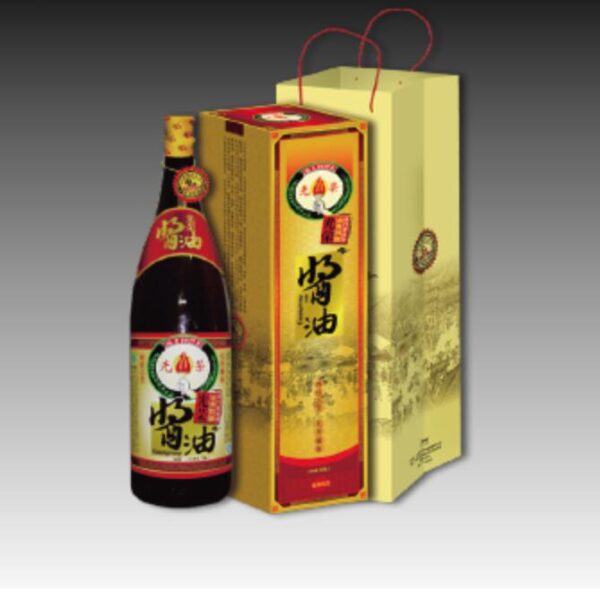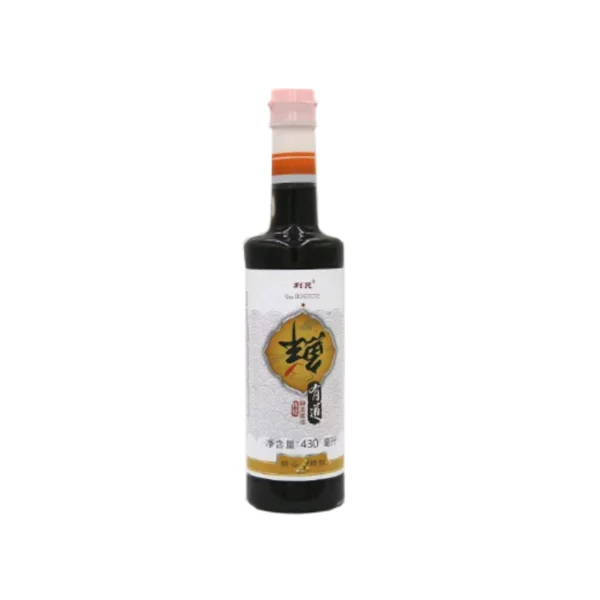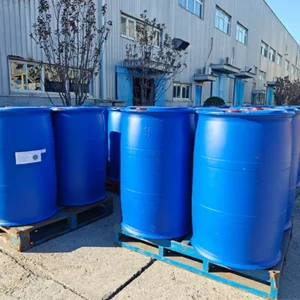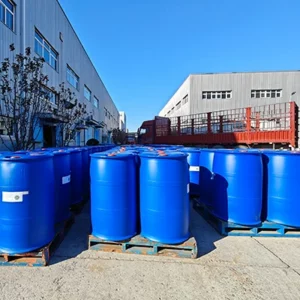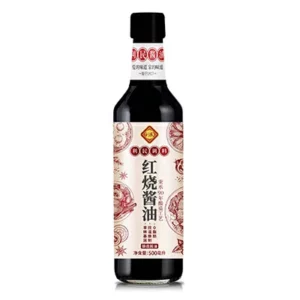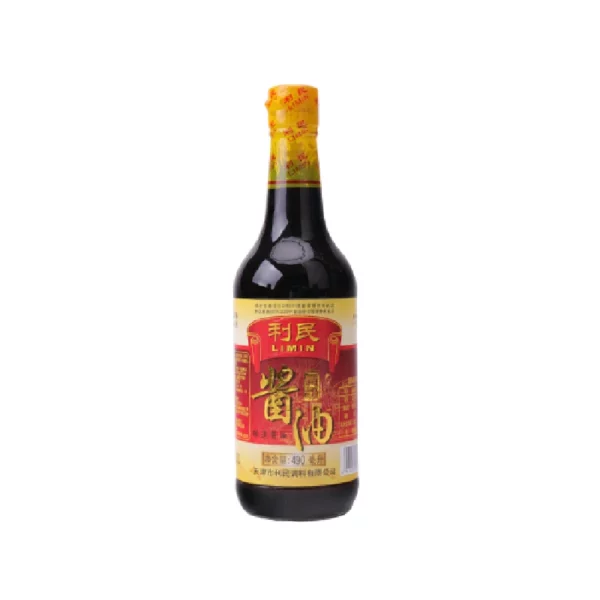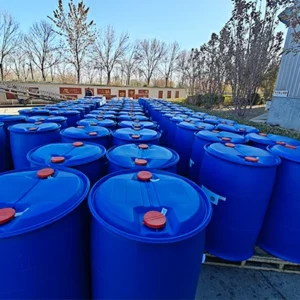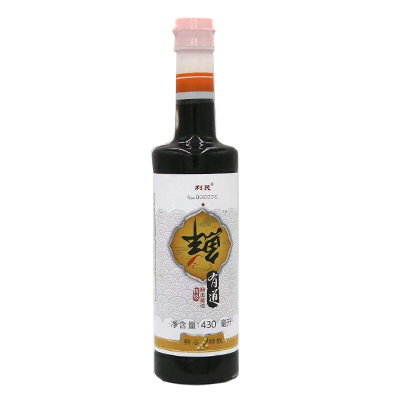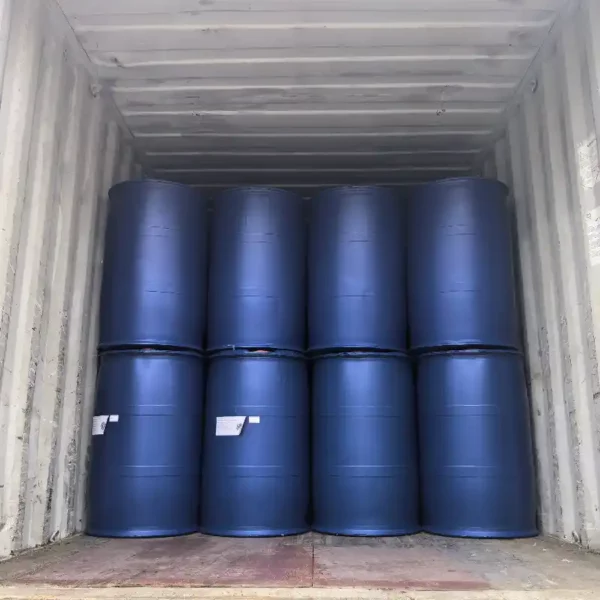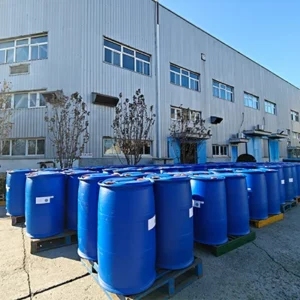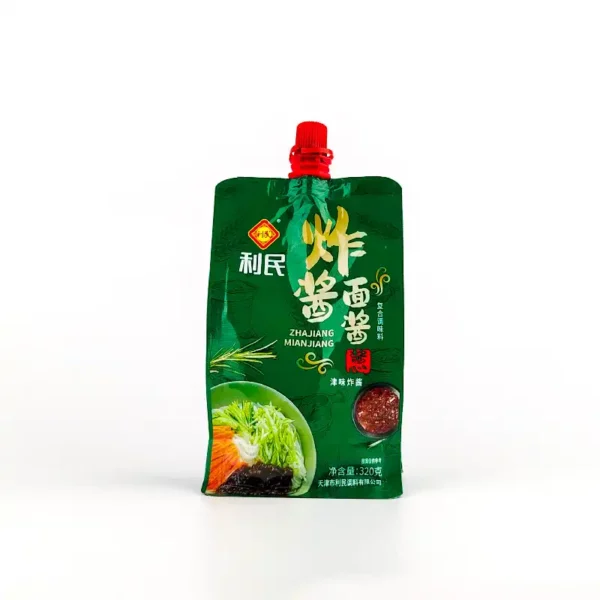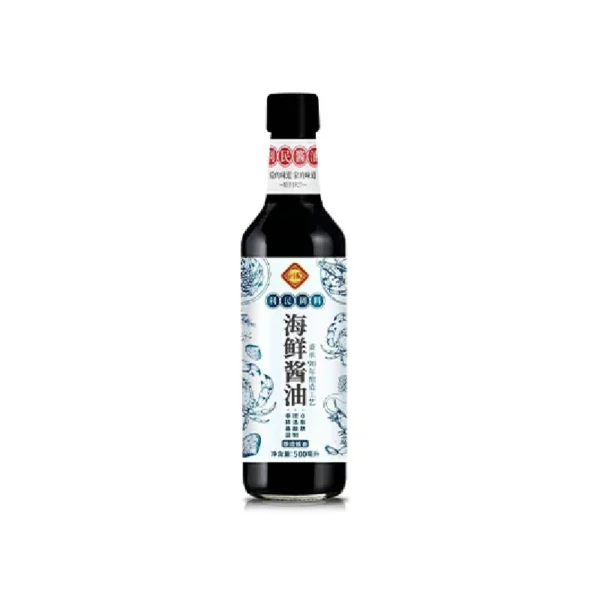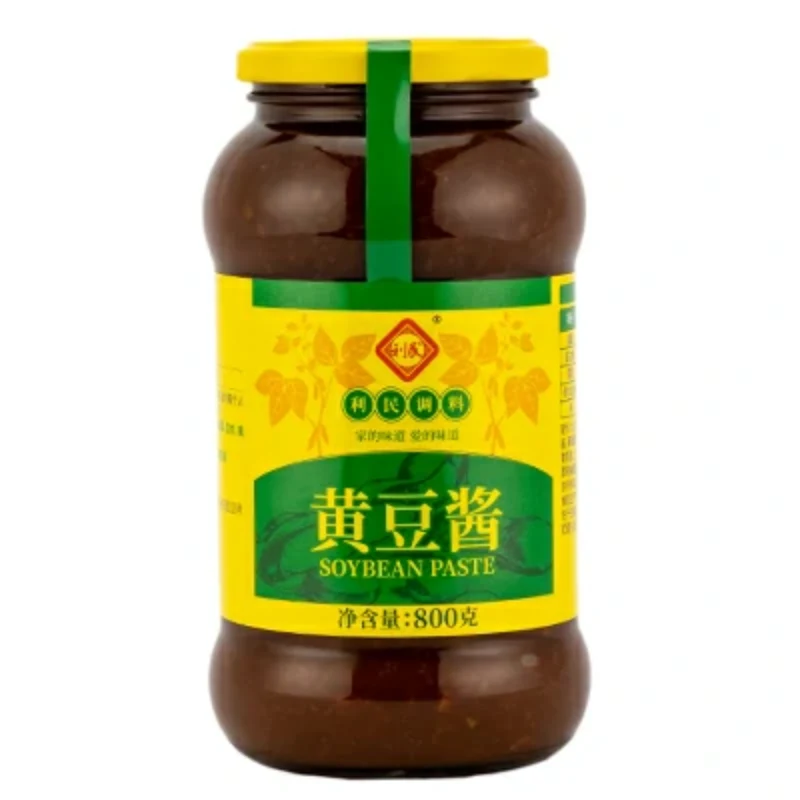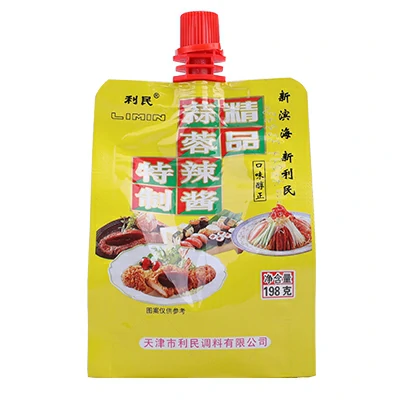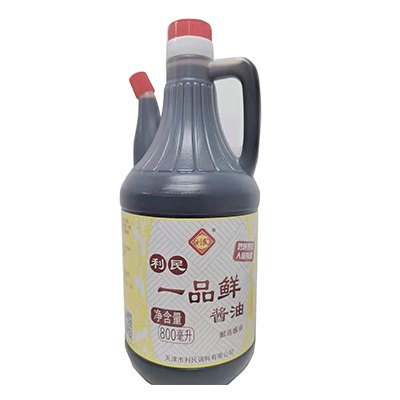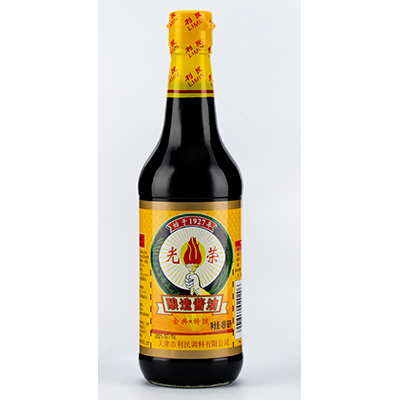Production
Pâte de soja fermentée
- As a fermented food, soy bean paste contains beneficial live microorganisms that contribute to gut health and bolster the immune system.
- Fermented soy bean paste is rich in protein, vitamins and minerals such as vitamin K2, zinc and manganese.
- Contributes to overall dietary balance and health.
- The fermentation process enhances the bioavailability of antioxidants, which help protect cells from oxidative stress and may reduce the risk of chronic diseases.
Cultural Heritage and Evolution
Fermented soy bean paste, known variously as dòujiàng in Chinese. Dating back thousands of years, it emerged as a means of preserving soybeans and amplifying their nutritional value through the transformative power of fermentation. As a cornerstone of regional cuisines, it reflects the unique tastes, techniques, and historical influences of each culture, while simultaneously transcending geographical boundaries to become a sought-after ingredient in contemporary global kitchens.
Elevate your culinary creations to new heights with our Traditional Fermented Soy Bean Paste. Crafted meticulously using time-honored techniques, this indispensable pantry staple is the essence of authentic Asian cuisine. Each jar of our soybean paste is a testament to the rich flavors and profound traditions that have been cherished across generations.
Our Fermented Soy Bean Paste Process
The fermentation process of soybean paste is an art that blends taste, nutrition, and tradition into a wonderful procedure. Here are the general steps:
- Selecting Ingredients: High-quality non-GMO soybeans and wheat are the primary ingredients. Soybeans provide protein while wheat adds rich flavors.
- Soaking and Grinding: Soybeans are soaked in water until they are fully hydrated and then ground into a mixture of tofu and soy pulp.
- Steaming: The ground soybeans and wheat are steamed to ensure the ingredients are thoroughly cooked and more conducive to fermentation.
- Inoculation: Fermentation cultures, such as Aspergillus oryzae, are introduced to the steamed mixture. These cultures start breaking down starches and proteins in the soybeans and wheat into sugars and amino acids.
- Fermentation: The mixture with the introduced cultures is kept at a constant temperature to ferment, usually for several months. During this phase, the flavor gradually develops, the color deepens, and a balance of sour, doux, salé, and umami tastes is achieved.
- Maturation: After fermentation, the soybean paste further matures, which can increase the complexity of its flavor and consistency in quality.
- Seasoning and Packaging: Following fermentation and maturation, additional seasonings may be added to the soybean paste according to specific recipes for flavor adjustment, followed by packaging for sale.Each step is critical and together forms a long-standing traditional craft, bringing forth this unique and passionate flavor. This traditional fermentation method not only imparts a distinctive flavor to the soybean paste but also enhances its value as a health food.
Versatile Culinary Applications
Fermented soybean paste is a culinary chameleon, seamlessly adapting to a multitude of dishes and cooking styles:
- Soupes & Bouillons: A spoonful of miso transforms a humble broth into a comforting, nutrient-dense soup, exemplified by the classic Japanese miso shiru.
- Marinades & Rubs: When used to season proteins such as tofu, seafood, or meat, fermented soybean paste imbues them with savory depth, elevating their inherent flavors.
- Stews & Braises: Heartwarming dishes like dòubǎo jiàngròu (Chinese braised pork belly) rely on fermented soybean paste to create luscious, savory sauces that tenderize and flavor ingredients over low heat.
- Trempettes & Dressings: Whisked with vinegar, oil, or other seasonings, fermented soybean paste makes a delightful dip for dumplings, rouleaux de printemps, or grilled vegetables, or a zesty dressing for salads and noodles.
Si vous êtes intéressé par nos produits, Contactez nous s'il vous plait !


